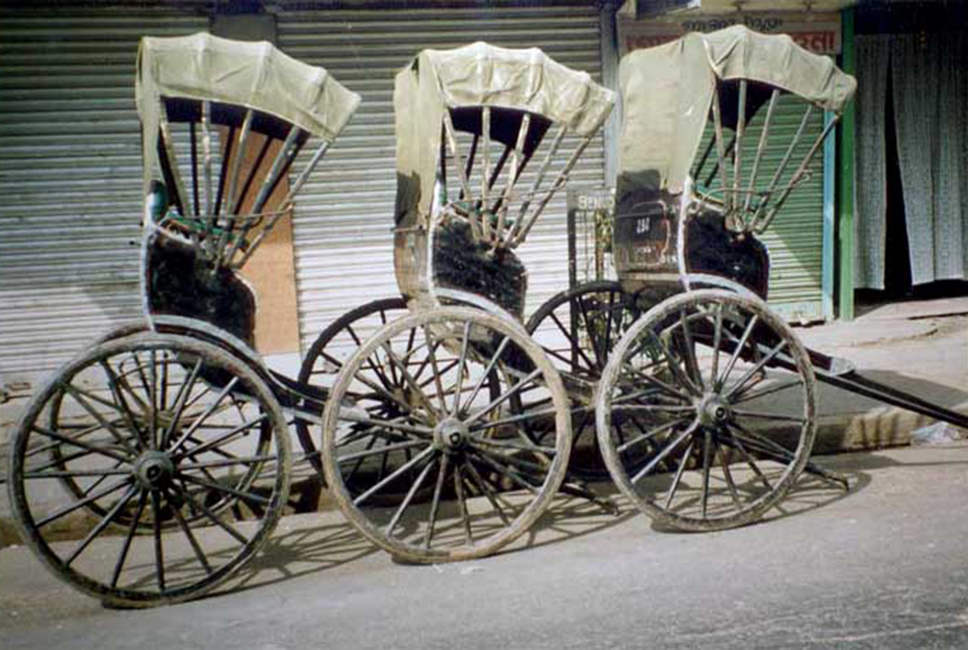
One of the colonial treasures that you can still see plying in our city rather than decked up in museums are these hand-pulled rickshaws. In our local language, these vehicles are called “Tonga”. These rickshaws were introduced in Kolkata in the 19th century after they were invented in Japan, and still to date they are operational in our city. Kolkata is the only remaining city in India to keep up with hand-pulled rickshaws. These rickshaws have been an integral part of our city. They have witnessed Kolkata’s evolution for over a century.
These hand-pulled rickshaws can be seen in between some confined areas of north and central Kolkata. In contrast to City’s fast emerging infrastructure, these rickshaws provide a glimpse into the past. The best part of the rickshaws, that they can take you through narrow lanes of north and central Kolkata which are inaccessible by autos and cabs. These rickshaws are part of the unique identity of Kolkata along with tea, tram, and cricket. Like the Howrah Bridge and Victoria Memorial, these rickshaws an image of Kolkata to tourists.
These rickshaws are light-weight and have a sturdy wooden frame. At a time these rickshaws can accommodate one or two persons. They generally carry goods, pick and drop children, carry passengers through narrow water-logged alleys during monsoon seasons. Ideally, their day starts from dawn and lasts still very late in the evening. Unlike our modern battery-powered rickshaws these two-wheeler rickshaw is pulled by a person with a bell hooked around his finger, which he shooks continuously. The sound of the slow clatter of the rotating wooden wheels drawn by a man is quite distinctive from the sounds of other vehicles plying on the road.
These iconic hand-pulled rickshaws have been mentioned in many literary works. For instance, Bimal Roy “Do Bigha Zamin in 1953 (an adaptation of Tagore’s poem of the same name)” where a farmer becomes a rickshaw puller in then Calcutta. Dilip Banerjee’s “On His Last Leg” is a documentary on the plights of hand-pulled rickshawallas of Kolkata. In Rudyard Kipling’s play “The Phantom rickshaw” the main lead was a rickshaw puller. For photographers, Kolkata is incomplete without these rickshaws. For street photographers and explorers this vehicle tickles their fancy.
Since the colonial period, these rickshaws have provided livelihood to poor people in our city. They continue to do so. Though very soon they will be replaced by battery-powered rickshaws in the near future, as the Government is setting up rehabilitation programs for these rickshaw-pullers. So in a few years, you might see a hand-pulled rickshaw in a museum.
great information regards infoavi